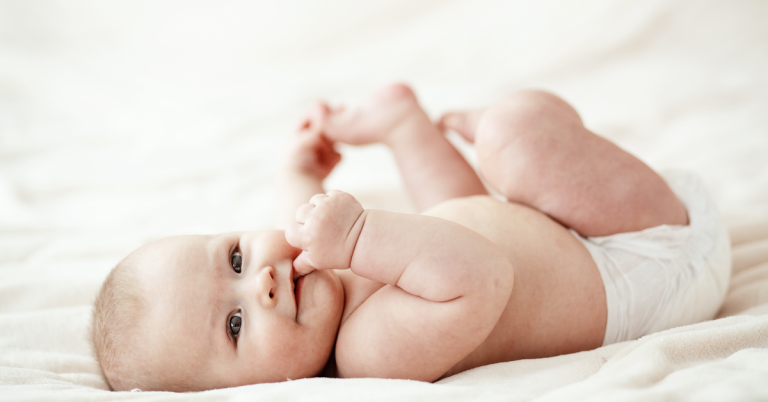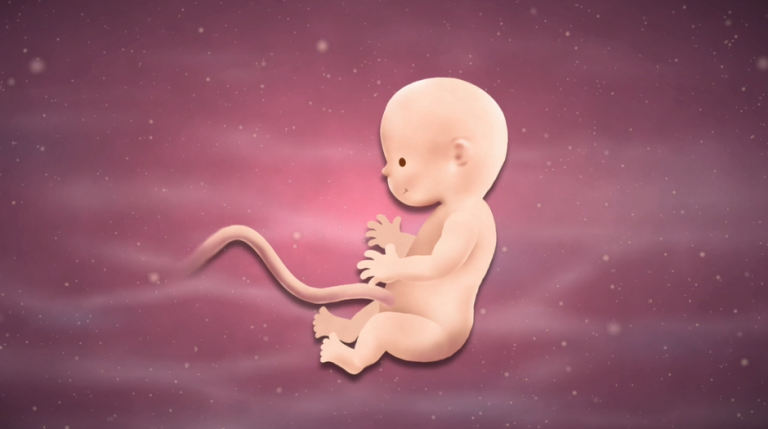Parents have many duties and responsibilities when it comes to raising children. The most significant factors that play a role in a child’s growth and development are good nutrition and quality sleep. For this reason, from a very young age, while parents ensure that their children have a regular and balanced diet, they also dedicate time to getting the night sleep necessary for the development of their babies.
However, many children may face some sleep disorder problems from their first years of infancy. Getting used to sleeping next to parents, not falling asleep without breastfeeding at night, and even needing the breast every time they wake up at night can cause more significant problems in the future years. The child’s inability to sleep on his own can become a problem that can be solved during infancy.
For this reason, sleep training can start from early childhood, and as a result, the child will develop a good sleep habits. So how is sleep training given to babies? What are the methods applied for this purpose?
Babies’ Sleep Patterns
One of the most challenging issues for mothers who have just given birth in the first period is the sleep pattern of their babies. Newborns spend most of the day sleeping. However, due to their frequent eating, they wake up day and night and expect their stomachs to be full for back to sleep again. This process can be pretty tiring, especially for mothers of babies who have trouble falling asleep after waking up. For this reason, it may be desirable to create a new guide as the baby grows.
However, the sleep pattern in babies is quite different compared to adults. Sleep has two stages, REM and deep sleep.
After the REM period, there is a transition to deep sleep. REM sleep in babies is much longer and much lighter, which is why they wake up so quickly and fall asleep so hard.
When to Start Sleep Training in Babies?
Families who do not have a particular routine for their baby’s sleep have difficulties in their daily lives. For working parents, this may cause more negative consequences. It is advisable to start sleep training earlier in babies. However, before doing this, it’s necessary to know how many hours babies should sleep according to their months.
- Between 0-1 month: 18-20 hours
- Between 1-3 months: 16-18 hours
- Between 4-6 months: 15-16 hours
- Between 6-9 months: 14-16 hours
- 9 months to 1-year-old: 13-15 hours
- For 1-2 years old: Approximately 13-14 hours is considered sufficient total sleep time.
Considering the amount of sleep that babies should take daily, it would be appropriate to start Sleep Training as soon as possible to get used to this process and positively affect the baby’s development. If the question is “when I should start sleep training for my baby?”, the answer is simple, around the 4th or 6th month will be much more appropriate to fit with the progress in breastfeeding, laying, and lifting. However, after fourth month, it can be aimed for babies to sleep alone and in a pattern like adults.
Sleep Routines That Can Be Applied Before Sleep Training in Babies
Knowing some small tips before teaching the little one to sleep independently will help them complete this training in the most comfortable way. Trying something new out of the usual routine, such as waiting for the baby to fall asleep on his bed without shaking, cuddling, or petting him, can be challenging for both parties at first.
In this case, it will be of great benefit to create a few sleep routines that will help your baby understand that it is time to sleep before going to bed and, at the same time, make it easier to go to sleep by relaxing.
- Giving your baby a short warm shower before going to bed will help them to get relax and be mellow.
- Applying a short body massage with baby oil, will relax the baby and make him sleepy. In addition, this massage is beneficial in terms of spending time with him before going to bed and the little one feels your warmth and touch.
- Getting your little one to sleep with a sleeping buddy, that is, allowing them to sleep with a small toy, doll, or plush, will make sleep training less problematic, and be accepted easier by the baby.
- Reading fairy tales, turning on a piece of light sleep music, or humming a lullaby will help the baby, who has difficulty at first, to fall asleep more easily and feel safe with the soothing voice of the parents.
A routine of one or two phases similar to these practices will help the baby understand when is the time for bed, and after a certain amount of time, the baby will learn to go to bed and sleep after a shower or massage.
What are the Types of Sleep Training?
There are different methods applied to teach babies to sleep alone. The purpose of all these methods is to make the baby fall asleep on his own and teach him to go back to sleep even if he wakes up during the night.
Kim West Method
This method, also known as ‘Controlled Distancing,’ is sleep training recommended from six months and older babies, applied by parents who want to teach their baby to sleep without crying. This training requires patience and usually takes a little longer compared to other methods.
The training can start any night, after a short sleep routine to prepare the baby The baby will be put to bed when they are sleepy but awake. Then the parent will wait nearby the crib (sitting in a chair or somewhere comfortably), waiting for the baby to fall asleep.
If the baby cries, the parents will pick up the baby, calm them, and put them back to bed as soon as the crying stops. They are not allowed to fall asleep on the lap but when necessary, the baby’s back can be pat on the bed, however, the touching control should be on the parent.
This method should be continued by moving the chair a little further each night, the act of distancing can be done in 4 stages. The chair should be positioned at the head of the bed on the first days, between the bed and the door after, following close to the door on the next days, and outside the door at the end of the training, gradually moving away as the baby gets used to it. This method takes about 1-2 weeks.
Ferber Method
Better known as ‘Controlled Crying,’ the parents need to resist their babies’ crying.
After the sleep routine, the baby is put to bed, kissed, said good night, and the parent leaves the room. In the Ferber method, the baby is visited only at specific intervals. On the first day, even if the baby cries for 3 minutes, parents must wait at the door and not go in. At the end of 3 minutes, get close to the baby, calm them down without holding them in your arms and without showing excessive attention, and again leave the room.
This cycle is repeated, trying to get the baby to fall asleep. The duration of 3 minutes should be increased by 5, 8 or 10 minutes every day. It is expected that babies will gain a habit of this method in about ten days.
Tracy Hogg Method
Known as ‘Pick up, Put Down,’ this method has a first step implemented as ‘shhh-pat.’ First of all, the baby is laid on the bed after the sleep routine, and while the parents sing the shhh sound, his back is patted lightly.
When this step is not practical, pick up-put down method is applied. Every time the baby cries, they are picked up without being spoken to and put into place immediately when he calms down. If the baby cries again, the same steps are repeated. In this way, after 5-15 times, the baby will sleep, and the number of cuddles will decrease with each passing day.
The ideal time for any of these methods is stated around six months or later. However, families with smaller babies who want to start sleep training can also choose the most suitable method for them and their babies.
Advice for Parents When Giving Sleep Training
- You should be patient and determined.
- You do not be easily fooled by your baby’s crying, and do not allow him to trick you into holding him in your arms.
- You should be ensure that your baby is not in the teething period or has no discomfort.
- A healthy environment where your baby can sleep should be created by reviewing the selection of beds, quilts, and pillows.
- Objects and items that may distract your baby when he lies down, you should keep away from him during the training, if possible.
Sleep training in babies can be completed at different times, or additional methods may need to be tried however the parents should be patient and give their babies time to get used to this transition during this time.
Would you like to share your experiences and questions as a comment?
Wishing you well!







